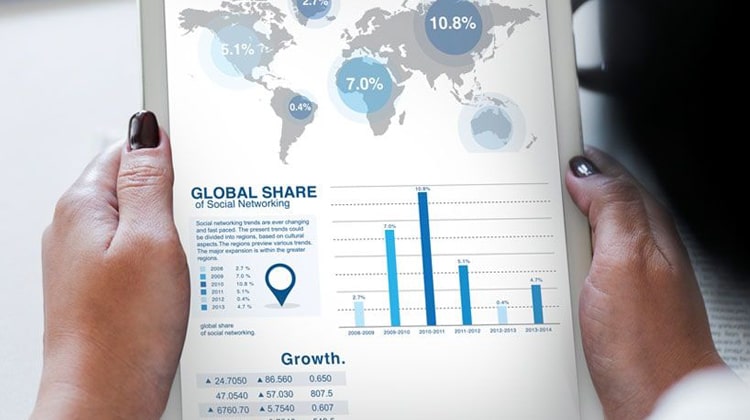
Navigating the Future: Demystifying Web3 and Its Potential
The internet has undergone a number of changes since its inception in the early 1990s. Web 1.0 was the first iteration of the internet, and it was characterized by static websites that were primarily used for information sharing. Web 2.0, which emerged in the early 2000s, ushered in a new era of user-generated content and social media.
Now, we are on the cusp of a new era of the internet: Web3. Web3 is a decentralized internet that is built on blockchain technology. This means that users will have more control over their data and privacy, and they will be able to interact with each other in a more trustless environment.
Despite these challenges, there is a lot of excitement about the potential of Web3. It has the potential to revolutionize the way we interact with the internet, and it could make the internet a more open, fair, and equitable place.
There are a number of potential benefits to Web3, including:
Increased user control:
In Web3, users will have more control over their data and privacy. This is because blockchain technology is a distributed ledger that cannot be tampered with.
Trustless transactions:
Web3 will allow for trustless transactions. This means that users will be able to interact with each other without having to trust a third party.
New business models:
Web3 will enable new business models that are not possible on the current internet. For example, decentralized applications (dApps) can be used to create peer-to-peer marketplaces and financial services.



Of course, there are also some challenges that need to be addressed before Web3 can reach its full potential. These challenges include:
Scalability:
Blockchain technology is still relatively new, and it can be slow and expensive to use. This needs to be addressed before Web3 can be adopted by a wider audience.
Security:
Blockchain technology is still vulnerable to attack. This needs to be addressed before users can be confident that their data is safe on the Web3 platform.
Web3 has the potential to revolutionize the internet and make it more democratic, secure, and user-friendly. If the challenges can be addressed, Web3 could usher in a new era of the internet that is more decentralized, secure, and user-friendly.
Only time will tell what the future holds for Web3, but the potential is certainly there. It will be interesting to see how this technology develops in the years to come.


